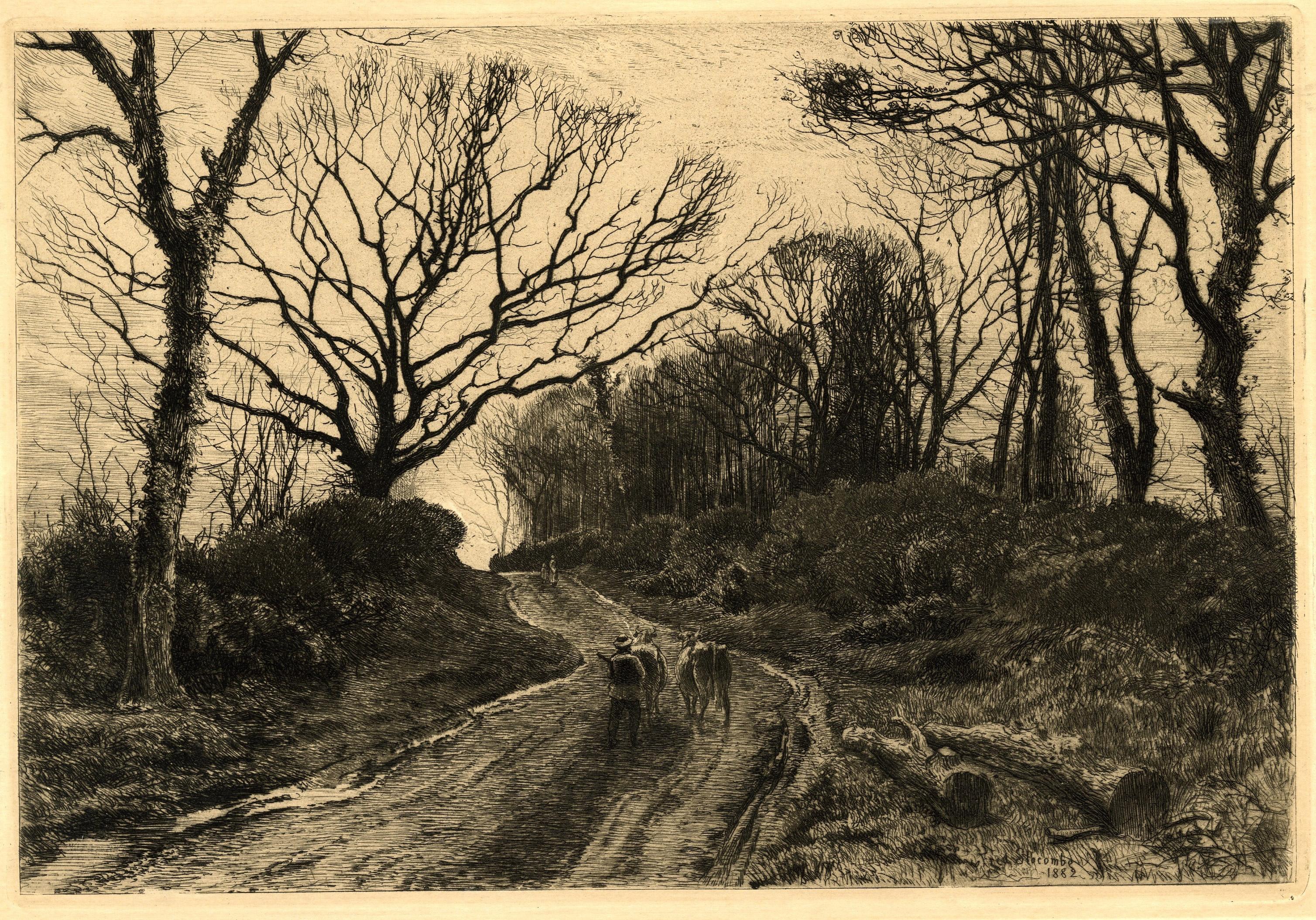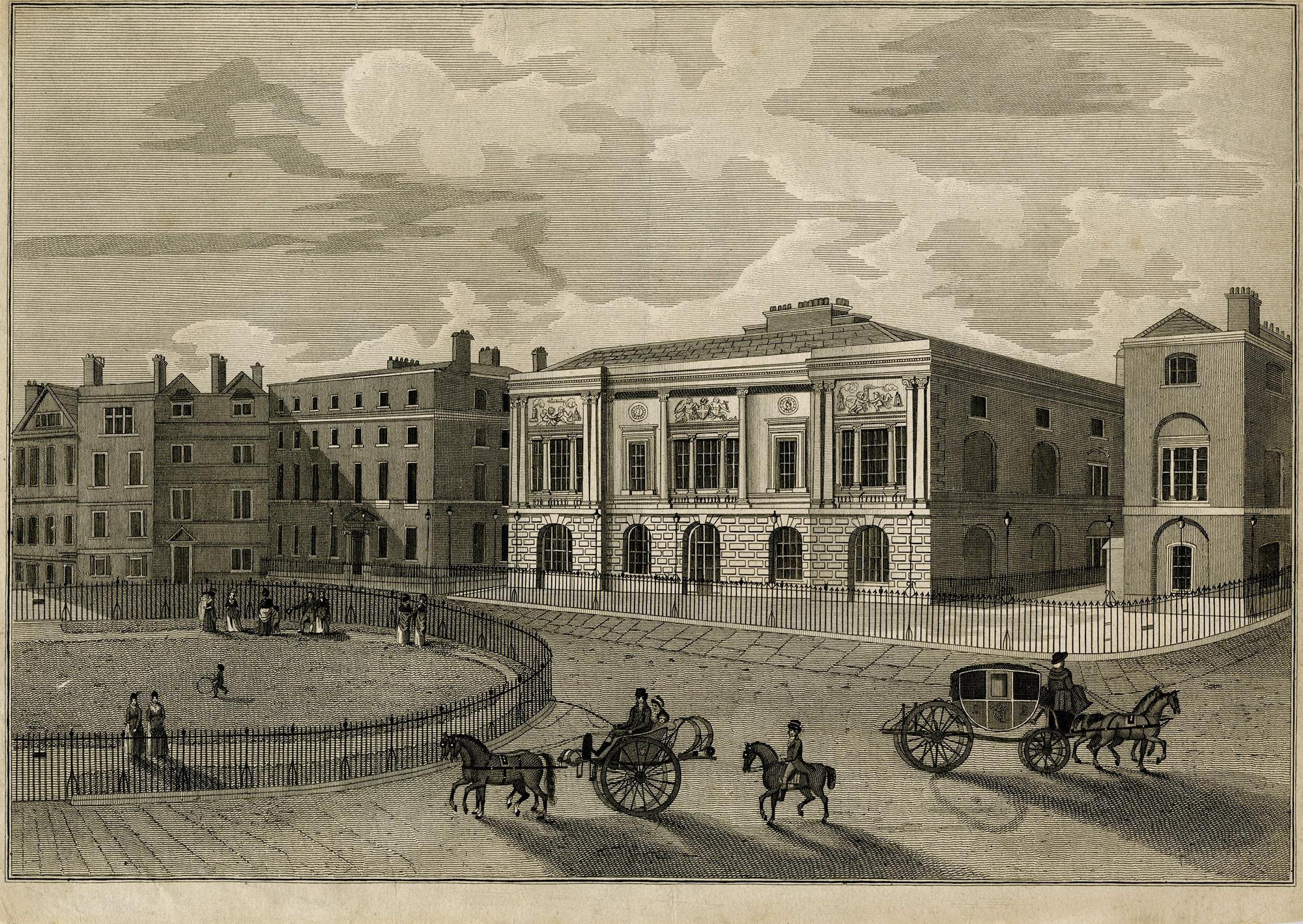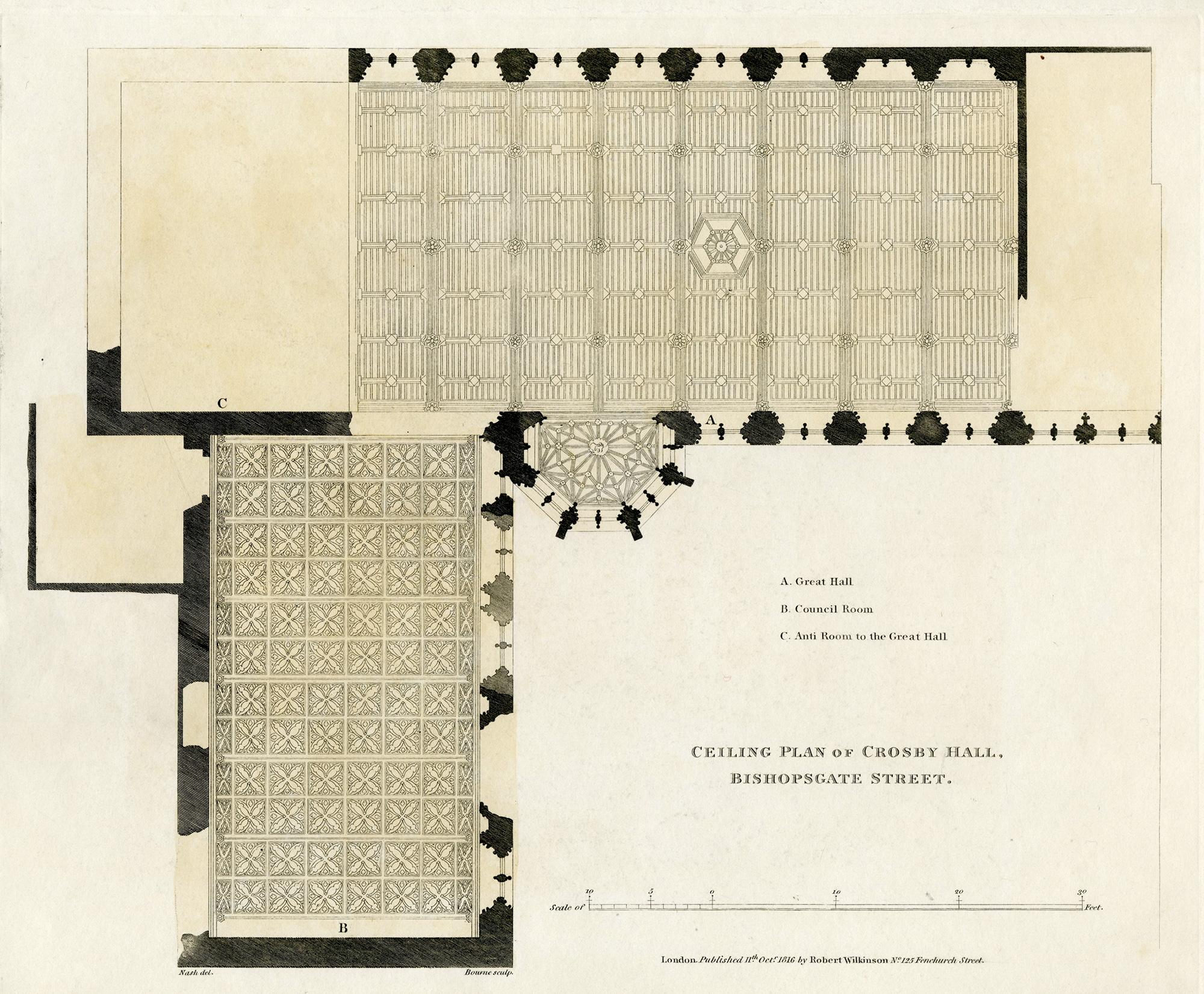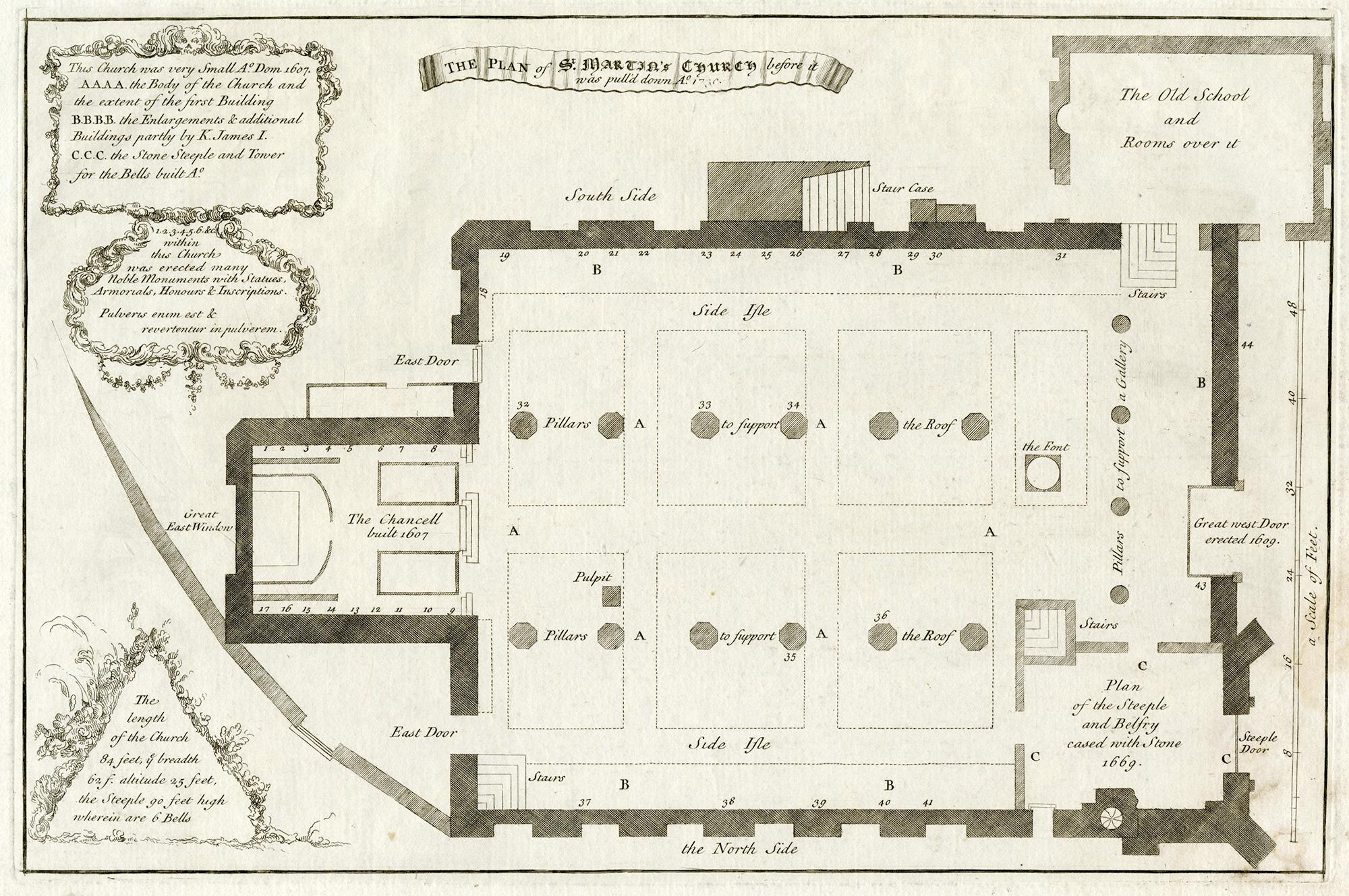Items Similar to Rainy Night in Rome
Want more images or videos?
Request additional images or videos from the seller
1 of 7
Sir Muirhead BoneRainy Night in Rome1913
1913
About the Item
Rainy Night in Rome
Drypoint, 1913
Signed in pencil and titled in the lower margin by the artist
(see photo)
Provenance:
Kennedy Galleries, Stock # A6538
Reference; Doddgson 299 _/X
Total edition in 10 states 125 printed
Note: The scene depicts the Church of San Rocco on the right at the intersection of via Schiavoria and via di Ripetta. Guichard considers this image to be among the artist's most desirable.
Condition: Exceptional, rich impressions, printing with extensive burr. Printed on a medium weight Japanese paper.
Image/Plate size: 12 x 9 inches
Sheet size: 15 7/8 x 11 inches
Sir Muirhead Bone (23 March 1876 – 21 October 1953) was a Scottish etcher and watercolourist who became known for his depiction of industrial and architectural subjects and his work as a war artist in both the First and Second World Wars.
A figure in the last generation of the Etching Revival, Bone's early large and heavily-worked architectural subjects fetched extremely high prices before the Wall Street Crash of 1929 deflated the collectors' market. He was well known, if not notorious, for publishing large numbers of different states of etchings, encouraging collectors to buy several impressions.
Bone was an active member of both the British War Memorials Committee in the First World War and the War Artists' Advisory Committee in the Second World War He promoted the work of many young artists and served as a Trustee of the Tate Gallery, the National Gallery, and the Imperial War Museum.
Early life
Muirhead Bone was born in Partick, Glasgow. His parents were journalist David Drummond Bone (1841–1911 and Elizabeth Millar Crawford (1847–1886).
The Bone and his siblings attended the local Board school and were placed in apprenticeships from the age of fourteen. James Bone, Muirhead Bone's senior by four years, was apprenticed as a newspaper reporter and went on to become the London correspondent of the Manchester Guardian while David Bone, another older brother, joined the navy and eventually became Commander Master of the Anchor Line and was knighted. Muirhead Bone was initially apprenticed as a painter of porcelain and later as an architect's draughtsman and completed a four-year apprenticeship before immediately turning to art.
Bone studied at the Glasgow School of Art, initially at evening classes. There he befriended the artist Francis Dodd and his sister Gertrude Helena Dodd, to whom he became engaged in 1898 He began printmaking in 1898, his first known print was a lithograph and he is now better known for his etchings and drypoints. His subject matter was principally related to landscapes and architecture, which included urban construction and demolition sites, Gothic cathedrals and Norman buildings. The collection of his prints held by the British Museum contains a number of works based in South Ayrshire, between 1898 and 1916. In 1900 he tried to run art classes in Ayr, from newly built premises at Wellington Chambers.
In 1901 Bone moved to London, where he met William Strang, Dugald MacColl and Alphonse Legros, and became a member of the New English Art Club. He held his first solo exhibition at the Carfax Gallery in 1902 Bone was also a member of the Glasgow Art Club with which he exhibited. In 1903, Bone had finally achieved enough financial success as an artist that he could afford to marry Gertrude, after a five-year engagement. They moved to Chiswick and had their first son, Stephen, in 1904, and their second son, Gavin, in 1907.] Bone continued to visit Ayr, producing the notable prints of Ayr Prison in 1905 and a series based on the view of the Ballantrae Road in 1907.
First World War and interbellum
During the First World War, Charles Masterman, head of the British War Propaganda Bureau, acting on the advice of William Rothenstein, appointed Bone as the first official British war artist in May 1916. Bone had lobbied hard for the establishment of an Official War Artists scheme and in June 1916 he was sent to France with an honorary rank and a salary of £500. Although thirty-eight years old at the outbreak of war, Bone was spared from certain enlistment by his appointment. Bone's small, black and white drawings, and their realistic intensity, reproduced well in the government-funded publications of the day. Where some artists might have demurred at the challenge of drawing ocean liners in a drydock or tens of thousands of shells in a munitions factory, Bone delighted in them; he was rarely intimidated by complex subjects and whatever the challenge those who commissioned his work could always be sure that out of superficial chaos there emerged a beautiful and ordered design.]
Commissioned as an honorary second lieutenant, Bone served as a war artist with the Allied forces on the Western Front and also with the Royal Navy for a time. He arrived in France on 16 August 1916, during the Battle of the Somme and produced 150 drawings of the war before returning to England in October 1916.] Over the next few months Bone returned to his earlier subject matter, producing six lithographs of shipyards on the Clyde for the War Propaganda Bureau's Britain's Efforts and Ideals portfolio of images which were exhibited in Britain and abroad and were also sold as prints to raise money for the war effort He visited France again in 1917 where he took particular interest depicting architectural ruins. Two volumes of Bone's wartime drawings were published during the war, The Western Front and With the Grand Fleet. He was an active member of the British War Memorials Committee and helped select which artists received commissions from the Committee.
After the Armistice, Bone returned to the type of works he produced before the war, and was influential in promoting fellow war artists William Orpen and Wyndham Lewis. He began to undertake extensive foreign travels, visiting France, Italy and the Netherlands, which increasingly influenced his work. In 1923 he produced three portraits of the novelist Joseph Conrad during an Atlantic crossing. An extended visit to Spain in 1929 resulted in the folio Old Spain, a collaboration with his wife who wrote the text, which was published in 1936. In the inter-war period he exhibited extensively in London and New York, building up a considerable reputation. Bone received a knighthood in the 1937 Coronation Honours for services to art and he served as a Trustee and on the committees of several institutions including the Tate, the National Gallery and the Imperial War Museum.
Second World War
At the outbreak of the Second World War, Muirhead Bone was appointed a member of the War Artists' Advisory Committee and also became a full-time salaried artist to the Ministry of Information specialising in Admiralty subjects. He produced scenes of coastal installations, evacuated troops and portraits of officers. However, following the death of his son Gavin in 1943, he decided not to continue with the Admiralty commission but he did remain an active Committee member until the end of the war. His other son, Stephen Bone, was subsequently appointed to the vacant Admiralty position
Death
Bone died on 21 October 1953 in Oxford. He was buried in the churchyard adjacent to the St. Mary's Church, Whitegate at Vale Royal parish in Cheshire. He has a memorial stone in St. Paul's Cathedral in London.
Courtesy Wikipedia
Campbell Dodgson, Etchings and Drypoints by Muirhead Bone (London: Orbach & Co., 1909), 299 __/X, total edition of 125 printed in 10 states.
- Creator:Sir Muirhead Bone (1876 - 1953, Scottish)
- Creation Year:1913
- Dimensions:Height: 12 in (30.48 cm)Width: 9 in (22.86 cm)
- Medium:
- Movement & Style:
- Period:
- Condition:Exceptional, rich impressions, printing with extensive burr. Printed on a medium weight Japanese paper.
- Gallery Location:Fairlawn, OH
- Reference Number:
About the Seller
5.0
Recognized Seller
These prestigious sellers are industry leaders and represent the highest echelon for item quality and design.
Platinum Seller
These expertly vetted sellers are 1stDibs' most experienced sellers and are rated highest by our customers.
Established in 1978
1stDibs seller since 2013
711 sales on 1stDibs
Typical response time: 1 hour
Associations
International Fine Print Dealers Association
- ShippingRetrieving quote...Ships From: Fairlawn, OH
- Return PolicyA return for this item may be initiated within 10 days of delivery.
More From This SellerView All
- Ancient Landscape II (Ancient City)By Louise NevelsonLocated in Fairlawn, OHAncient Landscape II (Ancient City) Etching and drypoint, 1953-55 Signed and titled in pencil by the artist (see photos) Annotated: "E130 A/1" in pencil lower right Estate stamp vers...Category
1950s American Modern Landscape Prints
MaterialsDrypoint
- Un Debarquement en Angleterre (A Disembarking in England)By Félix Hilaire BuhotLocated in Fairlawn, OHUn Debarquement en Angleterre (A Disembarking in England) etching, drypoint, aquatint, roulette and spirit ground, 1879 Signed with the artist’s red owl stamp, Lugt 977 (see photo) ...Category
1870s Impressionist Landscape Prints
MaterialsDrypoint
- Old Houses in AmsterdamBy T.F. SimonLocated in Fairlawn, OHOld Houses in Amsterdam Drypoint, 1909 Signed and dedicated in pencil lower right. "A Mr. H. A. Webster, bien sympathiquement, T.F. Simon, Paris 26/10" Simon...Category
Early 1900s American Impressionist Prints and Multiples
MaterialsDrypoint
- New ViaductBy Louis Conrad RosenbergLocated in Fairlawn, OHFrom: The Cleveland Set (23 plates), No. 1 Edition: Small Signed in pencil Image: 7 3/4 x 11 1/2"Category
1920s Landscape Prints
MaterialsDrypoint
- White MondayBy Martin LewisLocated in Fairlawn, OHSigned in the plate lower left Note: Printed on September 26, 1980 in an edition of 4 restrikes. Reference: Paul McCarron, The Prints of Martin Lewis: A Catalogue Raisonne (Bro...Category
1970s Landscape Prints
MaterialsDrypoint
- The Manhattan Municipal BuildingBy Chester B. PriceLocated in Fairlawn, OHSigned in pencil and annotated "imp" lower right; Dedicated lower left: "To Bob Nisbet from…" Note: Desgined by William M. Kendall of McKim, Mead and White, this classical skyscra...Category
1910s Landscape Prints
MaterialsDrypoint
You May Also Like
- The Way Home. A Winter EveningLocated in Middletown, NYA beautiful, dark impression of a bucolic cow path. Etching with drypoint on heavy cream wove paper, 6 5/8 x 9 7/8 inches (174 x 248 mm), full margins. Uniform light brown discolorat...Category
Late 19th Century English School Landscape Prints
MaterialsHandmade Paper, Drypoint, Etching
- Claremont, in Surrey, 18th century English country house engraving, 1782By William WattsLocated in Melbourne, Victoria'Claremont in Surry, the Seat of Lord Clive' Engraved by William Watts (1752-1851) after George Barrett. From Watts's 'The Seats of the Nobility and Gentry, in a Collection of the ...Category
18th Century English School Landscape Prints
MaterialsEngraving
- View of the New Trinity House on Tower HillLocated in Middletown, NYLondon: Laurie & Whittle, 1799 Engraving on buff wove paper, 10 3/4 x 15 3/4 inches (271 x 338 mm), uneven narrow to wide margins. Soft vertical fold at the center sheet (as issued)...Category
Late 18th Century English School Landscape Prints
MaterialsEngraving, Handmade Paper
- Ceiling plan of Crosby Hall, Bishopsgate StreetLocated in Middletown, NYRobert Wilkinson, 1816. Copperplate engraving on buff wove paper with hand coloring in watercolor, 10 7/8 x 13 /4 inches (275 x 336 mm), full margins. In good condition with some sc...Category
Early 19th Century English School Landscape Prints
MaterialsEngraving, Watercolor, Handmade Paper
- English School, 19th Cent. –An Interior View of the Porch ... Church St. AlphageLocated in Middletown, NYAn Interior View of the Porch of the Parish Church St. Alphage; An interior view of the porch of the parish church of St Alphage, London Wall: formerly the chapel of the priory of El...Category
Early 19th Century English School Landscape Prints
MaterialsEngraving, Handmade Paper
- The plan of St. Martin's Church, St. Martin in the FieldsBy George VertueLocated in Middletown, NYLondon: Society of Antiqauries London, 1744. Engraving on buff wove paper with a large heraldic watermark with Strasbourg lily with a crown and shied and the letters LVG, 9 1/2 x 14 ...Category
Mid-18th Century English School Landscape Prints
MaterialsHandmade Paper, Engraving





